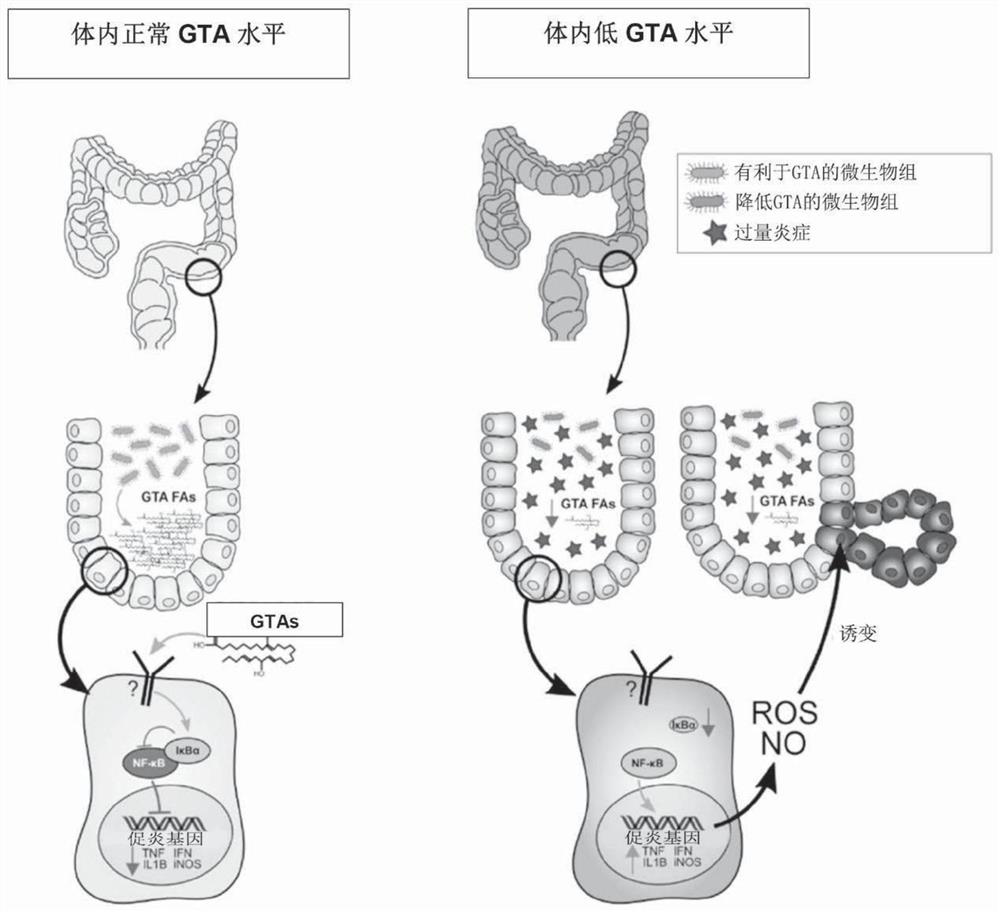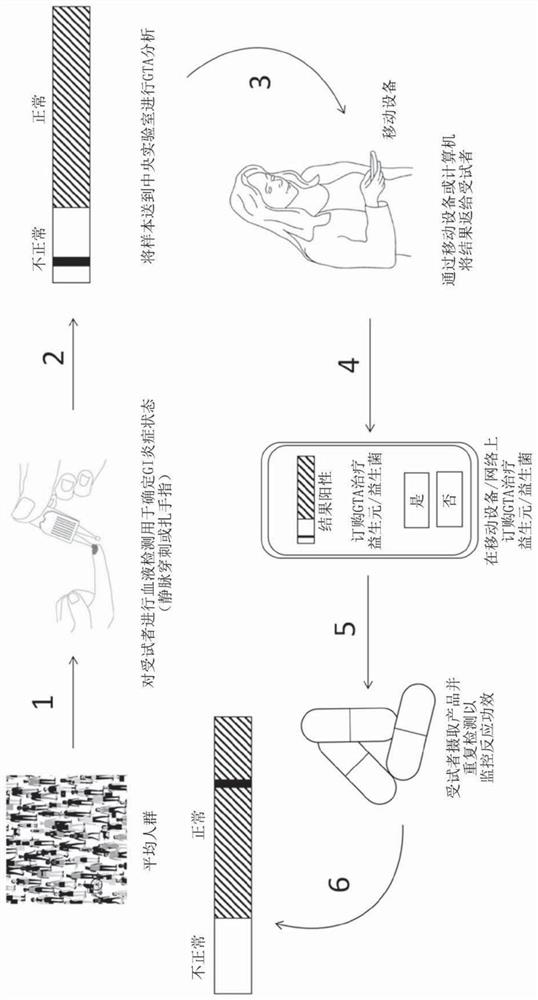Long chain dicarboxylic fatty acid (LCDFA) producing microbes and uses thereof
A technology of microorganism and fatty acid metabolism, applied in the field of microorganisms producing long-chain dicarboxy fatty acids (LCDFA) and their uses
- Summary
- Abstract
- Description
- Claims
- Application Information
AI Technical Summary
Problems solved by technology
Method used
Image
Examples
Embodiment
[0324] 1. Identification of gut microbes associated with GTA levels
[0325] METHODS: High-throughput amplicon sequencing of the microbial V4 variable region of the microbial 16S rRNA gene was performed on total DNA extracted from 405 human colonic mucosa and fecal samples using an Illumina Miseq instrument. The data for each sample were rarefied to 8700 total sequences. Operational taxonomic units (OTUs) were filtered by percentage of total and the top 90% were selected for comparison with serum GTA levels. Serum levels of 35 GTAs in the same subjects were determined by flow injection tandem mass spectrometry. GTA levels were then aligned to sequence data at OUT levels, followed by quintile analysis based on GTA levels to identify statistically significantly different OTUs between the highest and lowest GTA quintiles.
[0326] RESULTS: A comparison of OTUs between the lowest and highest serum GTA quintiles in multiple GTAs revealed significant differences (p<E-4) in the rel...
PUM
 Login to View More
Login to View More Abstract
Description
Claims
Application Information
 Login to View More
Login to View More - R&D
- Intellectual Property
- Life Sciences
- Materials
- Tech Scout
- Unparalleled Data Quality
- Higher Quality Content
- 60% Fewer Hallucinations
Browse by: Latest US Patents, China's latest patents, Technical Efficacy Thesaurus, Application Domain, Technology Topic, Popular Technical Reports.
© 2025 PatSnap. All rights reserved.Legal|Privacy policy|Modern Slavery Act Transparency Statement|Sitemap|About US| Contact US: help@patsnap.com



